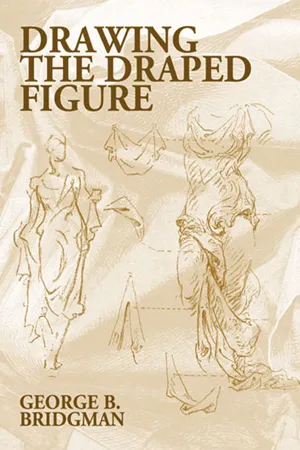
- 64 pages
- English
- ePUB (mobile friendly)
- Available on iOS & Android
Drawing the Draped Figure
About This Book
Many art students and professionals have mastered the art of depicting unclothed figures, but still have trouble accurately rendering clothing or other forms of draped cloth. Part of the problem — before this book came along — was that there was a lack of concise and simple instruction on the subject, and much that was written was too vague to be helpful. This comprehensive, well-illustrated book was created to solve the problem.
In these pages George Bridgman — a longtime instructor at New York's Art Student League and one of the nation's foremost teachers of figure drawing — offers expert advice on depicting draped figures. "Clothing is none other than a drapery arranged around a body that is beneath it. To express the multitudinous forms it takes, one should learn to express in a direct way the different characters of folds, for each one plays its individual part as distinctly apart as actors play their different characters upon the stage."
Students learn the characteristics of seven different kinds of folds and how to render them, including pipe, zigzag, spiral, half-lock, diaper pattern, drop, and inert folds. Mastery of these principles is the key to realistic portrayal of garments, as well as the proper rendering of cloth in still lifes. The straightforward, easy-to-follow text is illustrated by 200 of Bridgman's own sketches and diagrams, reproduced from pencil renderings in crisp halftones. Art students, teachers, and professionals alike are sure to welcome this inexpensive republication of a practical, hands-on manual by a master of figure drawing.
Frequently asked questions
Information
THE SEVEN LAWS OF FOLDS
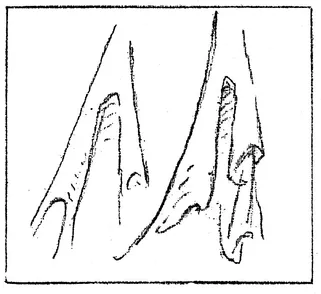
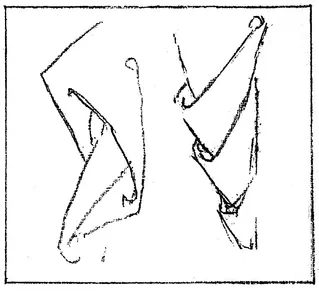
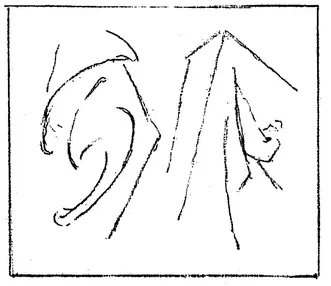
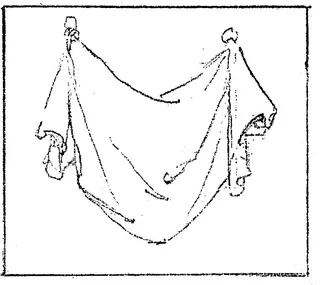
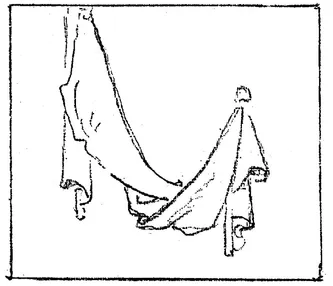
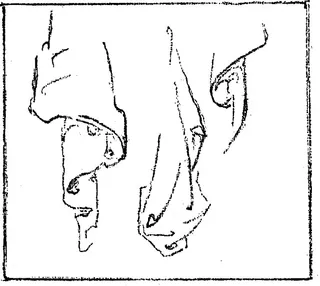

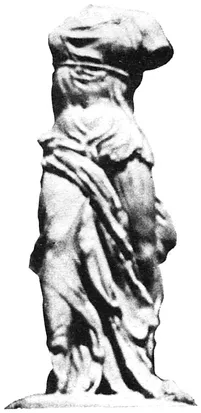
DRAPERY
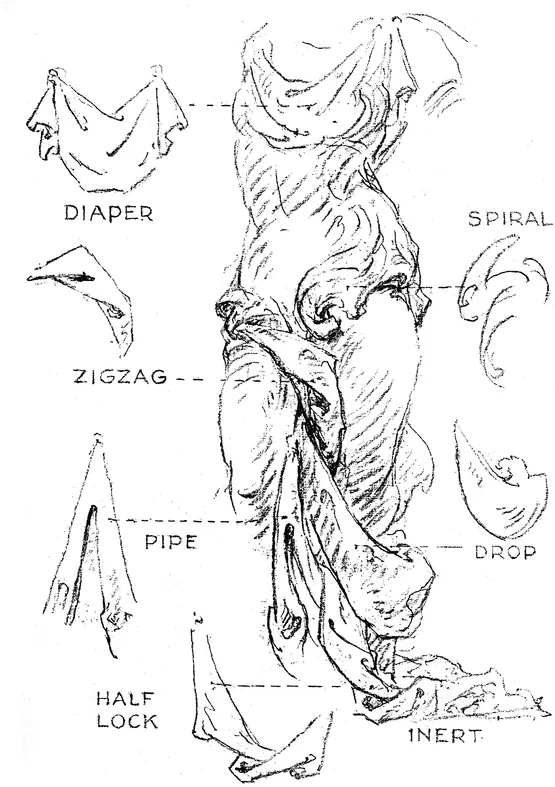
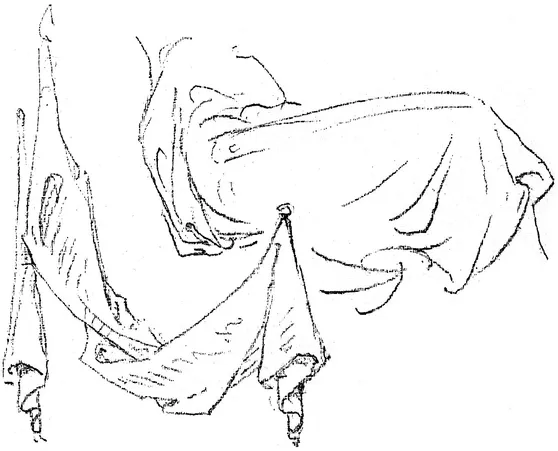
THE DIFFERENT CHARACTERS OF FOLDS

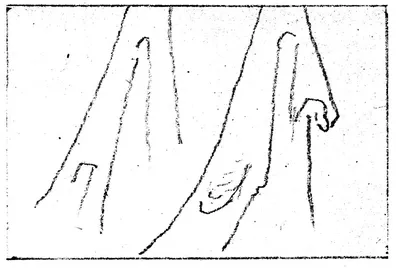
PIPE OR DROP FOLDS
Table of contents
- Title Page
- Copyright Page
- FOREWORD
- Dedication
- Table of Contents
- RHYTHM
- THE SEVEN LAWS OF FOLDS
- DRAPERY
- THE DIFFERENT CHARACTERS OF FOLDS
- PIPE OR DROP FOLDS
- ZIGZAG FOLDS
- SPIRAL
- ARRANGEMENT
- DIAPER PATTERN
- HALF-LOCK FOLD
- DIAPER
- DROP-FOLD
- INERT
- LOCK FOLD
- KNEE
- VOLUME
- DROP AND FLYING FOLDS
- HALF-LOCK
- ARRANGEMENT OF FOLDS
- ARM AND FOREARM
- DRAPED FIGURE